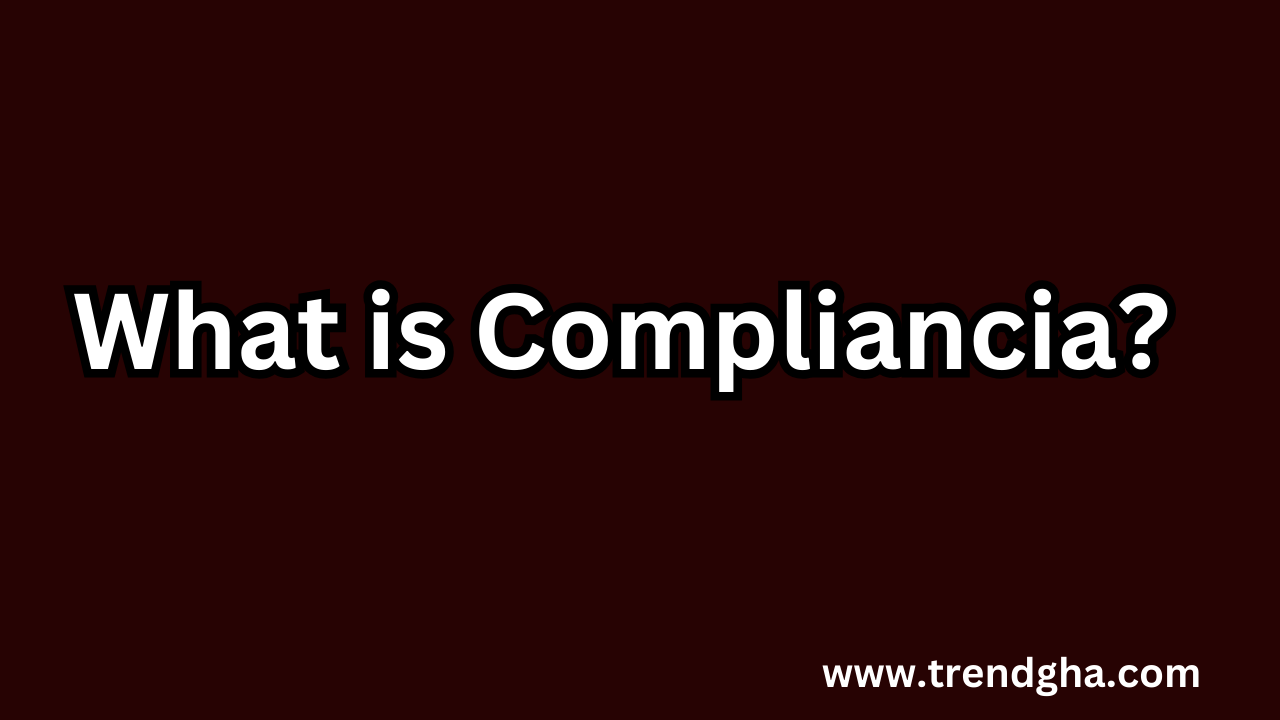The state of conforming with set rules or requirements, or the act of doing so, is called compliancia. For instance, software may be designed by standards and body-created specifications. Then implemented by user organizations following a vendor’s licensing terms. The term “compliancia” can also refer to measures taken by organizations to make sure they are following laws and industry norms.
Due in part to the growing number of regulations that force businesses to be diligent in keeping a complete grasp of their regulatory requirements for compliancia, compliance is a common business worry. An organization must abide by rules or regulations set forth by the government or by itself to meet compliance standards.
Examples of regulatory compliancia
The following are some well-known laws, rules, and regulations that organizations may need to abide by:
• The 2002 Sarbanes-Oxley Act. In reaction to the well-publicized financial crises involving Enron and WorldCom, the Sarbanes-Oxley Act was passed to shield the public and stockholders from dishonest accounting practices and errors. The law establishes guidelines for the retention and storage of company records in IT systems, among other things.
The 2003 Can-Spam Act. Businesses must use valid return email addresses, identify commercial emails as advertisements, give recipients opt-out alternatives, and process opt-out requests within 10 business days, according to the Can-Spam Act.
A 1996 law known as the Health Insurance Portability and Accountability Act (HIPAA). A portion of HIPAA Title II of administrative simplification requires electronic health record systems to be standardized and to have security features that safeguard patient confidentiality and data privacy.
The Dodd-Frank Law
This legislation, passed in 2010, intends to lessen the federal government’s reliance on banks by holding them to standards that ensure accountability and openness for the benefit of consumers.
• PCI DSS, or Payment Card Industry Data Security Standard. Visa, MasterCard, Discover, and American Express developed PCI DSS, a set of guidelines and practises, in 2004 to guarantee the security of credit, debit, and cash card transactions.
• FISMA, the Federal Information Security Management Act. FISMA, which was enacted in 2002, mandates that federal agencies assess their information security programs once a year. By doing this, data risks are kept at or below predetermined, acceptable limits.
The Agency for Occupational Safety and Health (OSHA). In order to safeguard the health and safety of American workers, the U.S. Congress introduced the OSHA regulations in 1971.
• The GDPR, or General Data Protection Regulation. GDPR is a piece of legislation that modernized and harmonized data privacy rules in the European Union, and it went into force in 2018. GDPR’s goals are to safeguard people and the information that identifies them, as well as to make sure businesses that gather this information do so ethically.
Countries have different requirements for IT compliance; the United States has the Sarbanes-Oxley Act, for instance. The Corporate Law Economic Reform Programme Act of 2004 in Australia and the Deutscher Corporate Governance Kodex in Germany are two examples of similar laws from different nations.
Multinational corporations therefore need to be aware of the legal and regulatory compliancia standards in every jurisdiction in which they conduct business. For instance, as long as an organization is headquartered outside of the EU and conducts business there, it must comply with GDPR.
Techniques and approaches that work best for corporate compliance
An organisation should adhere to the following best practices to make sure it complies with all applicable rules and regulations:
• Establish compliance objectives. Concentrate on the areas of compliance where the company most needs to make improvements, such as a particular rule, legislation, or infraction that is causing financial harm to the company.
• Recognise the regulatory landscape. Laws and regulations are subject to change, therefore it’s a good idea to have employees who stay up to date on new regulations that are pertinent to the organization’s business, whether or not they work in a compliance department.
• Put compliance tools into action. Data tracking can be automated by compliance tools, which helps with compliance risk management.
Conduct compliance evaluations. A thorough examination of regulatory compliance domains guarantees that an entity is adhering to compliance regulations accurately and can facilitate the identification of areas in which an entity requires enhancement.
• Regularly review compliance requirements. An organization can identify areas for improvement and maintain current compliance efforts by conducting frequent reviews, which also help identify weak points.
• Provide staff with compliancia policy training. The organization cannot fully adhere to compliance policies if its personnel are unable to follow them. Workers should receive appropriate training, be informed of pertinent regulations, and face consequences for breaking the law.



